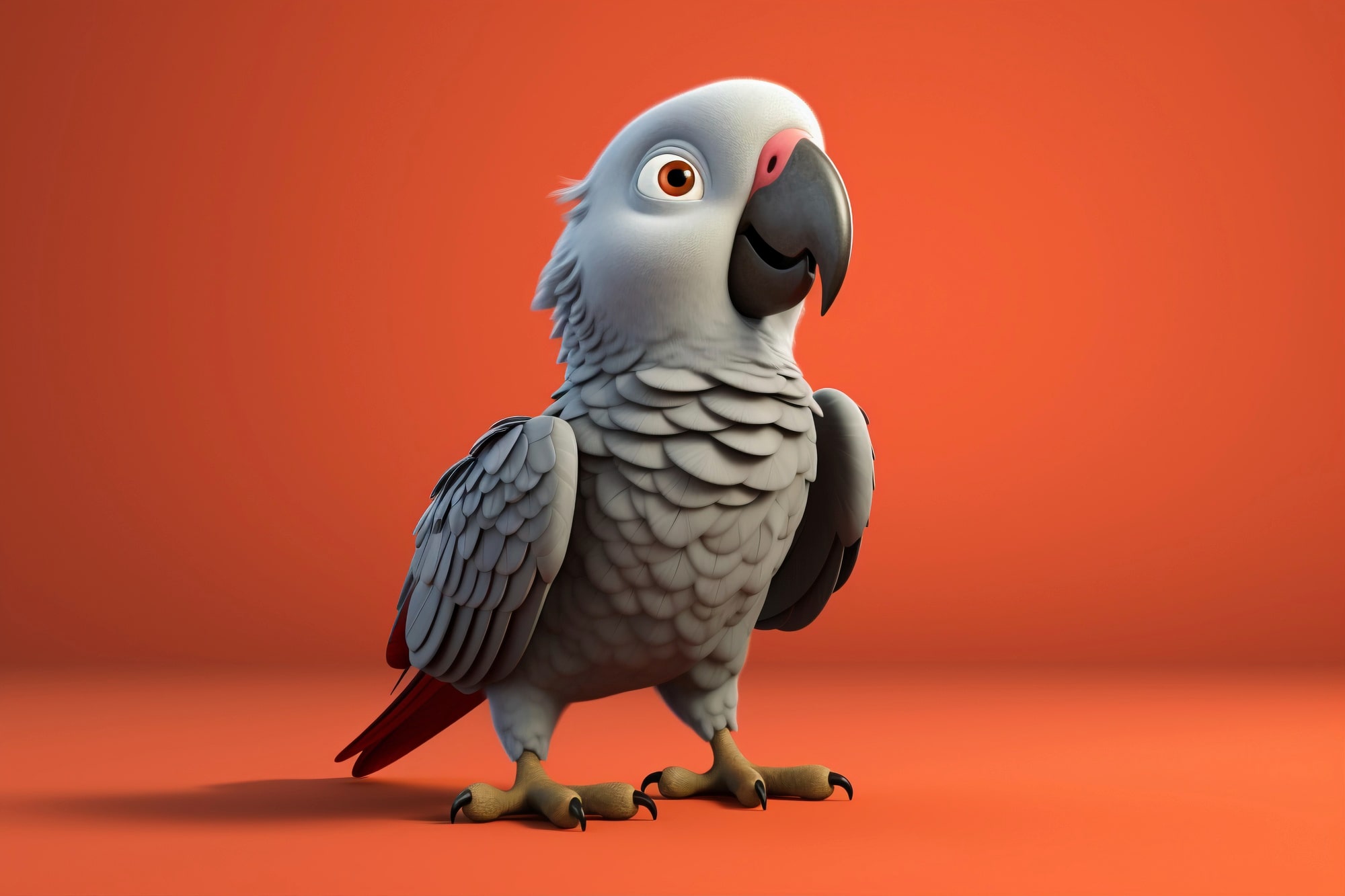Bird Brains

Who are you calling bird brain?
All of us who share our homes with Parrots know them to be intelligent and emotional critters. However, until the late 1970s Scientists assumed that Parrots and corvids were less intelligent than great apes, due to Parrots having smaller brains and lacking an isocortex.
Their brains are in fact 5-20g compared to that of apes at around 400g. The isocortex also known as the neocortex, is a part of the mammalian brain that is involved in higher-order brain functions, and this includes: sensory perception, motor commands, spatial reasoning, conscious thought, language, problem-solving and cognitive abilities.
The isocortex is the largest part of the cerebral cortex in the human brain, covering both cerebral hemispheres. It's made up of six layers, labelled I to VI from the outermost inwards. The isocortex is homogenetic, meaning all areas of the isocortex are made up of all six histological layers.
The isocortex developed late in brain evolution, coinciding with the appearance of the first mammalian species. It is thought that the isocortex's emergence was driven by behavioural adaptations involving olfactory-driven, goal-directed and navigating behaviours.
Yet despite Parrots and corvids having smaller brains and lacking a neocortex, they have consistently performed well at cognition tasks, comparable to the great apes! You could say that they are “feathered apes”.
In the 1970s when Dr Irene Pepperberg started her studies on Parrot cognition, the notion that Parrots were as intelligent as the great apes was ridiculed by fellow scientists, with one reviewer asking her, “What are you smoking?” However, Dr Pepperberg’s published research as well as research from other scientists, has proven beyond doubt that Parrots and corvids have cognitive abilities that rival and, in some cases, surpass that of the great apes.
Parrots' brains are densely packed with neurons, similar to non-human primates, despite being the size of a walnut. Research suggests that some Parrots may be as cognitively capable as a five-year-old human.
